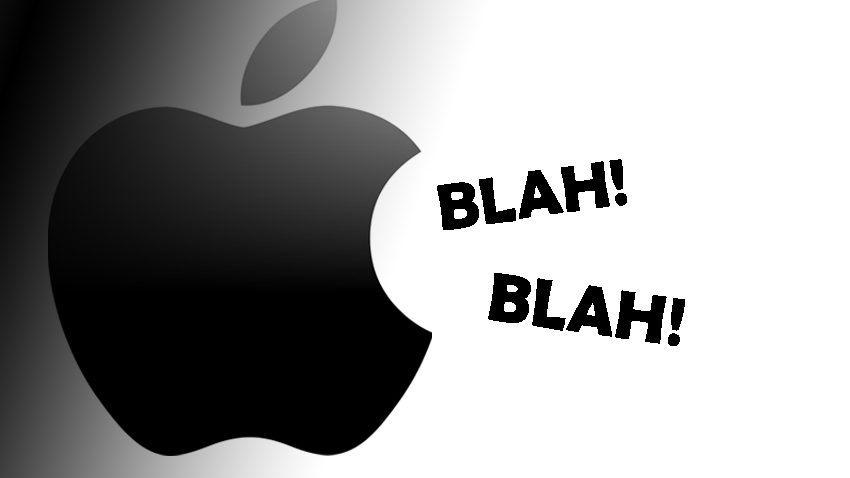Back towards the beginning of June, Apple made many announcements at the Worldwide Developers Conference – some more interesting than others. While there was plenty of hype around the “HomePad”, Apple’s response to the Amazon Echo, Business Chat was potentially one of the most appealing deliveries for the modern contact centre. Business Chat will be integrated into iOS next year and will work alongside Apple messages to help contact centres simplify and improve customer experiences.
Let’s Get to Know Business Chat
In the development of Business Chat, Apple has taken a leaf out of the WeChat playbook. With Business Chat, Apple will be offering a platform that gives businesses a text-based method to engage customers through CRM or contact centre systems. Not only will businesses be able to communicate with customers, those customers will also be able to make payments through the system, and complete other tasks.
Customers will be able to access Business Chat through the Spotlight search function, Safari browser, Map navigation, and Siri personal assistant. Thanks to Apple’s focus on privacy, the customer will need to initiate the chat, and the business will be provided initially with an “opaque ID” alongside region and language until the customer offers more information. In other words, the customer is in charge of all Business Chat communication.
As a persistent chat tool, users can return to Business Chat at any time, and use it to find a product, query customer service reps about that product, then order a product and pay through Apple Pay. After that, the customer can track their order, and access customer service again when necessary to follow up.
Additional Features of Business Chat
When using Business Chat as part of their applications, developers will also be able to use Intent Links. This means that if a customer clicks to begin chat from a product page, the service rep will know which page they were on. Additionally, Group Links can be used to direct chats to certain internal groups, such as specialists in product lines or specific company locations.
As Business Chat is built through Messages, it will also support attachments, which will allow customers to link videos or photos that help customer service to better understand their needs. In response, customer service reps can send forms, and the quick-type keyboard will provide suggestions to help with entering standard information like phone numbers, email addresses, and location.
Apple will also be including standard built-in functions for typical use cases. For instance, Time Picker will allow customer service reps to send selections of potential appointment times, while the iOS service checks the user’s calendar to identify potential problems. List Picker will also give the rep the opportunity to send lists of options, like sizes or colours that a user can choose with a single click. Additionally, the customer will be able to pay for transactions using Apple Pay.
What’s Coming Next?
The features covered above are just an insight into the first collection of Business Chat solutions that will get the ball rolling for Apple. The hope is that developers will be able to grab these capabilities and integrate them in unique ways with their own applications. Although Business Chat won’t be available to the public until next year, it’s available immediately to registered developers like Salesforce and Genesys.
Pre-registered developers will now be able to test and use their apps with internal users, but they won’t be accessible to the public until the official release date.
The arrival of Business Chat creates a host of new opportunities for developers to enjoy when it comes to creating more engaging and innovative customer experience for iOS users. Additionally, this update shows the growing importance of chat to the business space.







